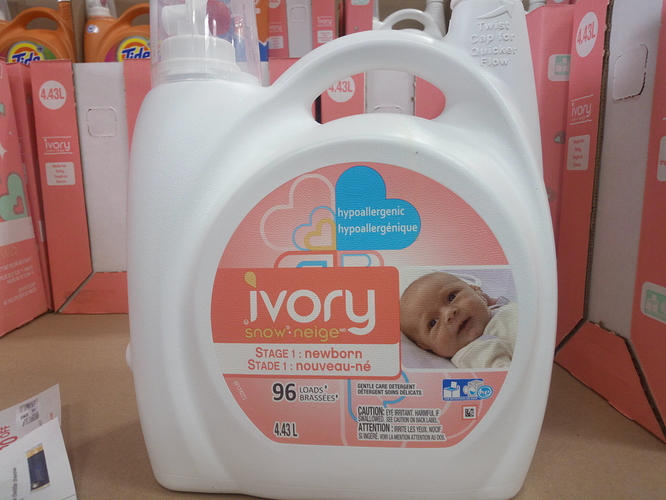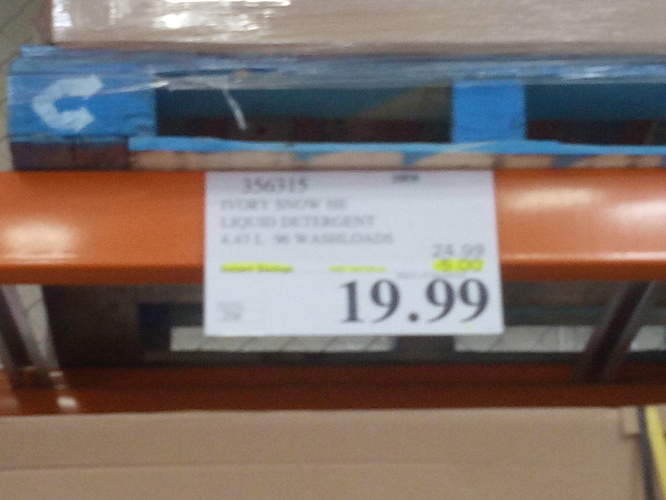Here is sample pricing to backup 500GB spread across 1000 files into US West (Oregon):
Backup:
upload data transfer: free
metadata creation ( per file ): 1000 files * $0.05/1000 files = $0.05
Total cost of backup: $0.45 ( including first month’s storage )
Storage ( charged monthly )
Storage: 500GB * $0.004/GB month = $2.00/month
Minimum storage charge 3 months: $6.00 (in case you delete your data before 3 months are up)
Recovery (assuming “Bulk” priority, anywhere between 5 and 12 hours before data is available for download after Recovery request is submitted ):
Data retrieval costs for each GB: 500GB * $0.0025/GB = $1.25
File retrieval costs (per metadata set): 1000 files * $0.025 / 1000 files = $0.025
Data download transfer costs: 500GB * $0.09/GB = $45.00
Total cost of recovery: $46.275
As you can see, data retrieval is about 8x more expensive than the upload (assuming the upload costs plus the 3 month minimum storage). Glacier is not meant for frequent data retrieval. It is a disaster recovery service.
For comparison, Backblaze’s B2 Cloud storage would cost (for the same data set):
Uploads: basically free
Monthly storage cost: 500GB * $0.005/GB = $2.50 per month
Downloads: 500GB * $0.05 / GB = $25.00 ( for the sample data set, the transactional fees are irrelevant )
It would take 43 months of storage ( ~3.6 years ) for Amazon Glacier to become cheaper than Backblaze B2.
It would be interesting to create a compare table against other cloud backup solutions.
I think the real question is which company do you trust more to:
- keep to their data integrity promises
- still be around when you need your data
My use case is: I have a lot of very valuable files ( family pictures, trip videos, scans of important documents such as passports, land titles, wills, tax documents ). I keep those files on my primary computer. I also keep a copy of those files on a external hard drive that I store in a safe at home. In case of hardware/software/human failure, my recovery is the external hard drive that I keep in the safe.
In case of earthquake/fire/theft that destroys not only the computer but also the external hard drive, I restore my data from Glacier and create a new home backup.
I’m willing to bet that AWS Glacier uses LTO6 tape libraries. My evidence:
- journalists quote “insiders” that claim it uses LTO6 IBM tape drives in Spectra Logic tape libraries. This is all hearsay but it does give a good lead
- The cost of an LTO6 tape (at volume discounts ) is approximately equal to the cost of storing 3 months of a whole tape’s capacity at US-West … Amazon is making sure it’s costs are covered with the 3 month minimum storage cost
- LTO6 tapes have an incredibly long shelf life ( claims of 30 years+ are frequent ), but they have a very poor wear lifetime ( ~360 passes over the drive heads before the tape surface is considered worn )
- It takes about 136 passes to fully record an LTO6 tape. Leaving about 230 passes left for reading the data back for recovery operations. Glacier’s recovery costs are so high because after so many recovery operations they have to copy the tape to fresh media and throw out the old tape.
(yup, I was bored … decided to ramble for a bit )

